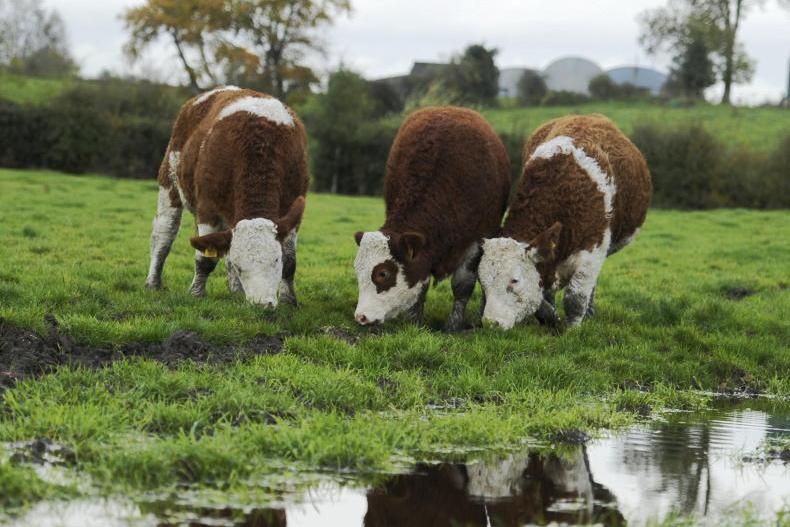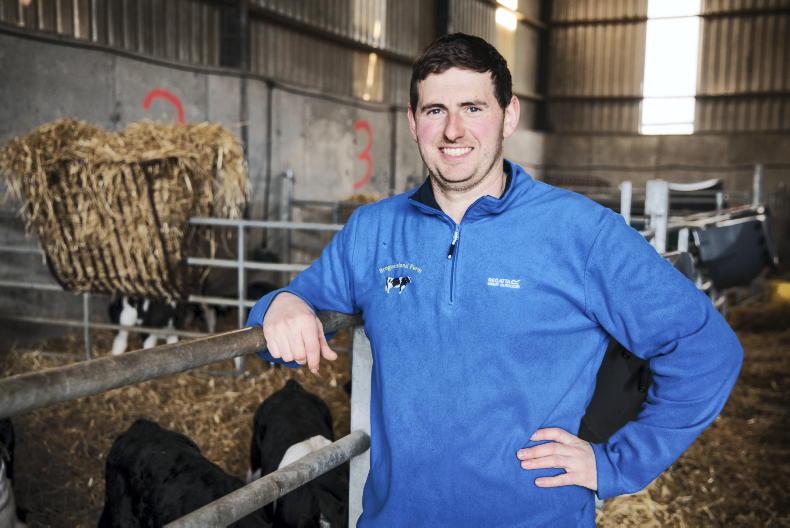Keep a close eye on young calves, weanlings and yearling stores at grass, as worm burdens will be rapidly multiplying on grazing swards.
Warm, humid conditions after rain provide ideal conditions for parasite larvae to hatch from dung excreted by adult cattle.
These larvae migrate on to pasture, they are ingested by young and old cattle, then mature into the adult phase inside animals.
Once mature, these parasites lay eggs which are shed by cattle in dung, starting the life cycle again. During that maturation period, they can cause internal damage in young cattle.
At risk
Adult cattle with three or more grazing seasons behind them should have developed immunity to worms, leaving them less susceptible to any loss in performance.
However, first-calved heifers can be under physical stress and prone to problems caused by worms, so include them in the dosing routine.
Young cattle in their first and second grazing season have no immunity to worms and, if left untreated, weight gain declines, animals lose condition and secondary conditions such as pneumonia are common.
Dosing
When herding cattle daily, pay attention to calves passing loose dung, having dry hair and visually looking empty. Lung worm is cropping up earlier and earlier each year, so keep an eye out for coughing.
Timing the first worm dose is important to get the most effective control. Also, be careful about product choice, as some wormers offer a rapid kill.
If cattle have a heavy parasite burden, particularly lung worm, that rapid parasite kill can trigger severe respiratory problems in calves and weanlings.
Read more
Five tips for a positive breeding season
Beef Management: grass quality and when to dose for worms
Keep a close eye on young calves, weanlings and yearling stores at grass, as worm burdens will be rapidly multiplying on grazing swards.
Warm, humid conditions after rain provide ideal conditions for parasite larvae to hatch from dung excreted by adult cattle.
These larvae migrate on to pasture, they are ingested by young and old cattle, then mature into the adult phase inside animals.
Once mature, these parasites lay eggs which are shed by cattle in dung, starting the life cycle again. During that maturation period, they can cause internal damage in young cattle.
At risk
Adult cattle with three or more grazing seasons behind them should have developed immunity to worms, leaving them less susceptible to any loss in performance.
However, first-calved heifers can be under physical stress and prone to problems caused by worms, so include them in the dosing routine.
Young cattle in their first and second grazing season have no immunity to worms and, if left untreated, weight gain declines, animals lose condition and secondary conditions such as pneumonia are common.
Dosing
When herding cattle daily, pay attention to calves passing loose dung, having dry hair and visually looking empty. Lung worm is cropping up earlier and earlier each year, so keep an eye out for coughing.
Timing the first worm dose is important to get the most effective control. Also, be careful about product choice, as some wormers offer a rapid kill.
If cattle have a heavy parasite burden, particularly lung worm, that rapid parasite kill can trigger severe respiratory problems in calves and weanlings.
Read more
Five tips for a positive breeding season
Beef Management: grass quality and when to dose for worms










SHARING OPTIONS